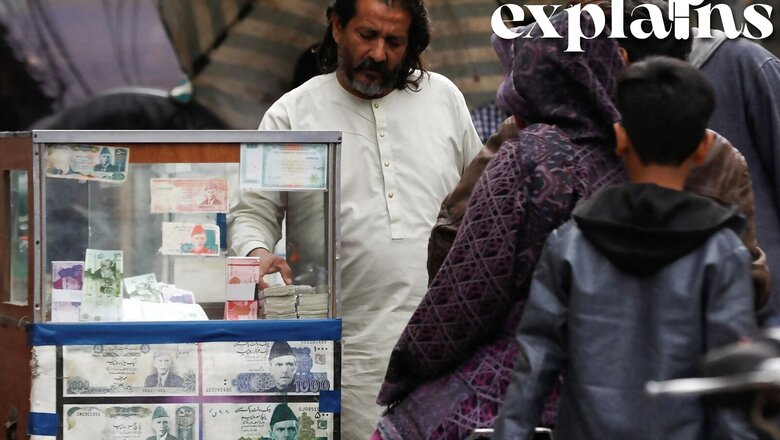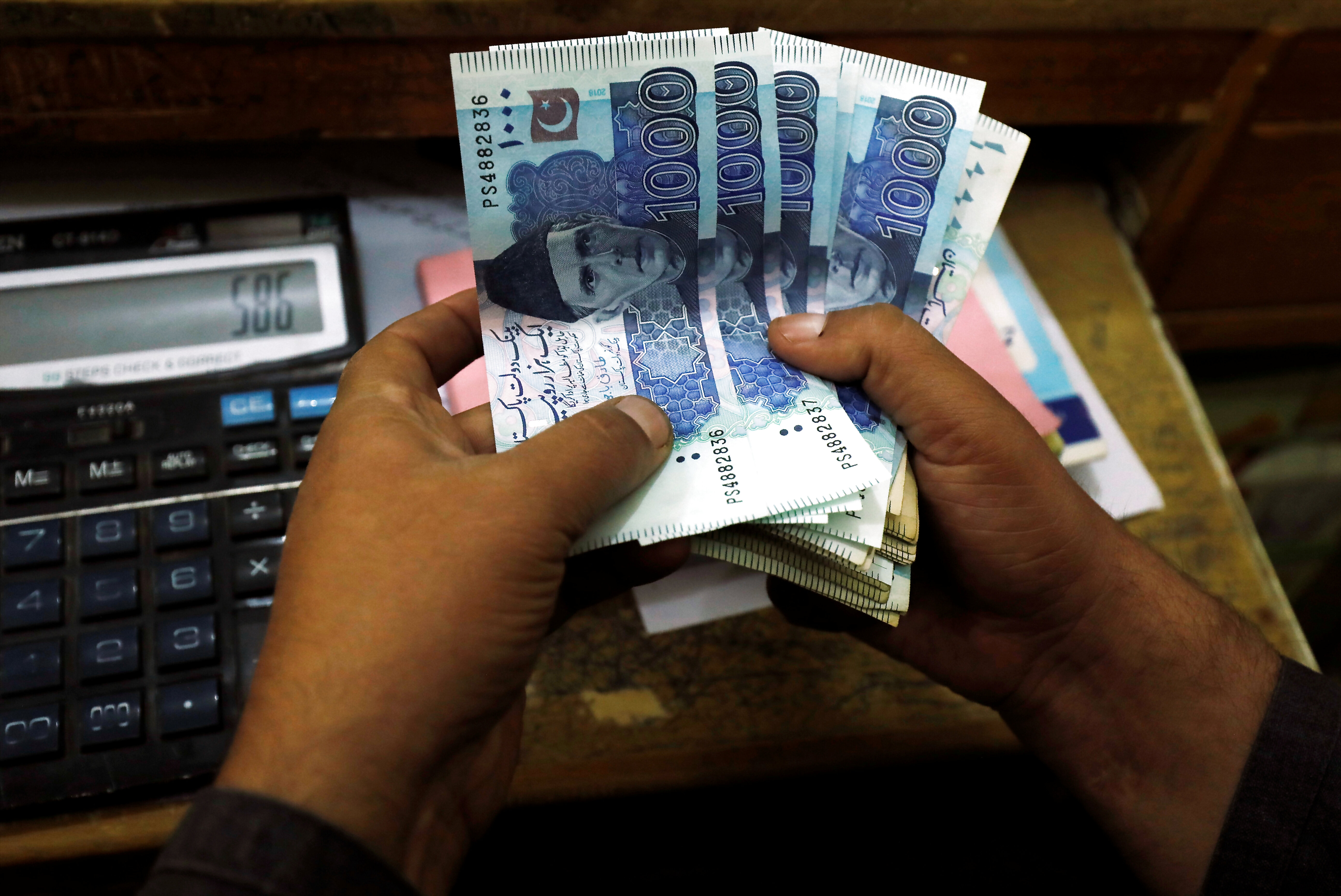
views
Some days ago, Pakistan’s prime minister had warned of a “tough time” as his government struggles to comply with conditions set by the International Monetary Fund for the next tranche of the country’s bailout package.
Prime Minister Shahbaz Sharif addressed an auditorium of top government and military officials in Peshawar on Friday last week, just days after IMF officials and Pakistan’s Finance Minister Ishaq Dar resumed talks in the capital, Islamabad, on its bailout — even as the country’s foreign reserves dwindle further, and are now at the dangerously low level of $3 billion.
Analysts say there is barely enough to pay the imports bill for the next three weeks, as per the Associated Press.
Pakistan is seeking a crucial installment of $1.1 billion from the fund — part of its $6 billion bailout package — to avoid default. Talks with the IMF on reviving the bailout had stalled in the past months.
The IMF gave the finance minister a “very tough time” in the talks, Sharif had said.
“Our economic challenges at the moment are unimaginable,” he added. “The IMF conditions which we have to fulfill … are beyond the imagination. … But we we don’t have any other option.”
Later Friday, Pakistan’s currency slipped further, with the rupee trading at 270 to the dollar as the markets closed. Last week it traded at 255 for $1.
Sharif has repeatedly pledged that his government will not default but will manage to secure the loan from the IMF.
Pakistan’s Woes
Along with the unprecedented economic crisis, Pakistan is also struggling in the aftermath of last summer’s devastating floods that caused up to $40 billion in damages, making it difficult for the government to comply with some of the IMF’s conditions, including increases in the price of gas and electricity and new taxes.
Sharif has often blamed the former premier, Imran Khan, and his government for the economic malaise. Khan was ousted in a no-confidence in Parliament in April, and has since been campaigning for early elections.

What WILL HAPPEN IF PAKISTAN DEFAULTS
- A report in the Pakistani daily the Dawn explains what would happen if Pakistan defaulted. It says, “in the simplest terms, a default for a country such as Pakistan with a significant exposure to commercial loans implies defaulting on commercial debt. Bilateral debt can be refinanced, whereas multilateral debt typically has long-term maturity cycles, making commercial loans the primary determinant of a country’s susceptibility to default.”
- If Pakistan’s reserves had plummeted to the point where it would have defaulted on its commercial debt, it would have prompted the central bank to deny commercial lenders’ debt repayment or service payments, the report explains.
- This would have resulted in a further downgrade of the country’s credit rating by rating agencies such as Moody’s and S&P, eroding the confidence of other international lenders and, consequently, the government’s ability to raise additional commercial debt.
- Since dollar inflows would have decreased due to constraints on loan inflows, the country could have imported no more than its exports plus the dollars that Pakistani expatriates send home from around the world. This would be comparable to being compelled by circumstances to maintain a current account deficit close to zero, the report, written by Asad Aijaz, an economist based in Islamabad, explains.
- Many of the imports you could not afford would serve as industry inputs. While this would have an effect on exports, the slowdown would have an effect on production in non-exporting sectors, lowering the overall level of economic output. All of this naturally leads to the classic narrative of too many Pakistani rupees chasing too few products, the report says.
- Inflation would have surged since people’s local currency would not have been redeemable for consumables. Many individuals would have been laid off in a matter of weeks if the economy had contracted owing to manufacturing losses, leaving some with money but nothing to buy and others without money at all. Stagflation is the term economists use to describe situations characterised by poor growth but high unemployment and inflation, the report explains.

- According to the report, reviving even inches away from default is a world apart from an actual default, as business may resume as usual as soon as a multilateral such as the IMF returns with a few bucks in hand. In the latter instance, however, it will take years even with international balance of payments support to reconstruct the economic structure.
WHY IS PAKISTAN’s Economy in Such a Bad Condition?
According to a report by University of Michigan News, Pakistan is experiencing a multifaceted crisis. Its economy is on the verge of collapse due to a collapsing rupee, inflation at levels not seen in decades, disastrous floods, and a severe energy scarcity.
John Ciorciari, professor and assistant dean for research and policy engagement at the Gerald R. Ford School of Public Policy at the University of Michigan, said Pakistan is facing a severe economic crisis and foreign exchange reserves are perilously low. Inflation is at its highest level in decades, economic growth is slowing, and the central bank has substantially increased interest rates in response to the currency’s weakness. The destruction caused by the floods exacerbates the country’s economic difficulties, which are already aggravated by the high cost of food and fuel.
The economic crisis in Pakistan has multiple reasons, the report says. Weak governance and political instability have been key issues, eroding investor trust in the country and contributing to corruption and pork-barrel politics, which degrade the budgetary condition of the government. Pakistan’s reliance on imports, particularly for energy, makes it extremely susceptible to increases in global oil and gas costs. Pakistan continues to be deprived of a potentially transformative business and investment partner due to the pandemic and its poor relations with India, the report explains.
Read all the Latest Explainers here



















Comments
0 comment